Bears may look cuddly in cartoons and photos, but they are powerful predators and highly unpredictable animals in the wild. From their size to territorial instincts, bears can pose serious risks if you’re unlucky enough to cross their path. Whether protecting their cubs or asserting dominance, these bears should be admired from a safe distance.
2. Kodiak Bear
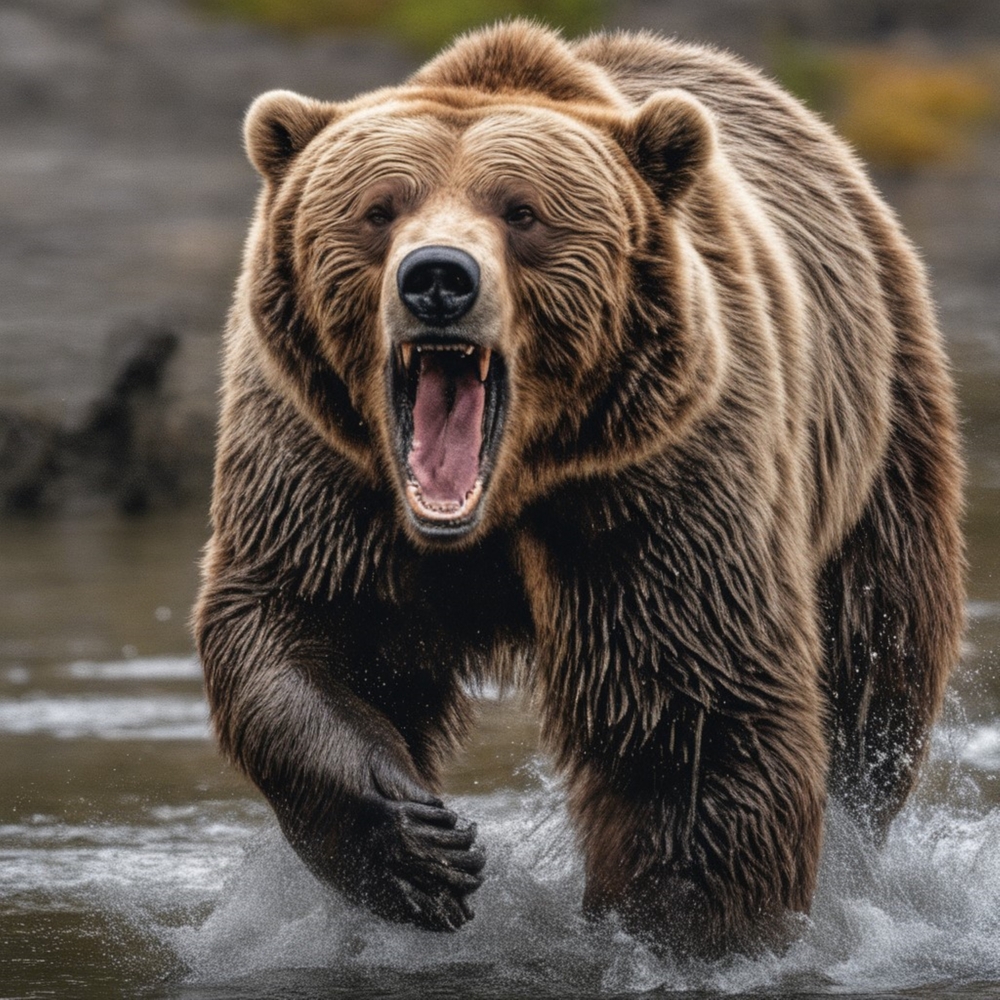
Kodiak bears, found in the Kodiak Archipelago in Alaska, are among the largest bears on Earth. Males can weigh over 1,500 pounds, making them formidable predators and highly territorial. Though they are generally shy, a surprised Kodiak bear can quickly become aggressive. With their sheer strength and speed, they’re a force of nature that should be admired from a very, very safe distance.
2. Grizzly Bear
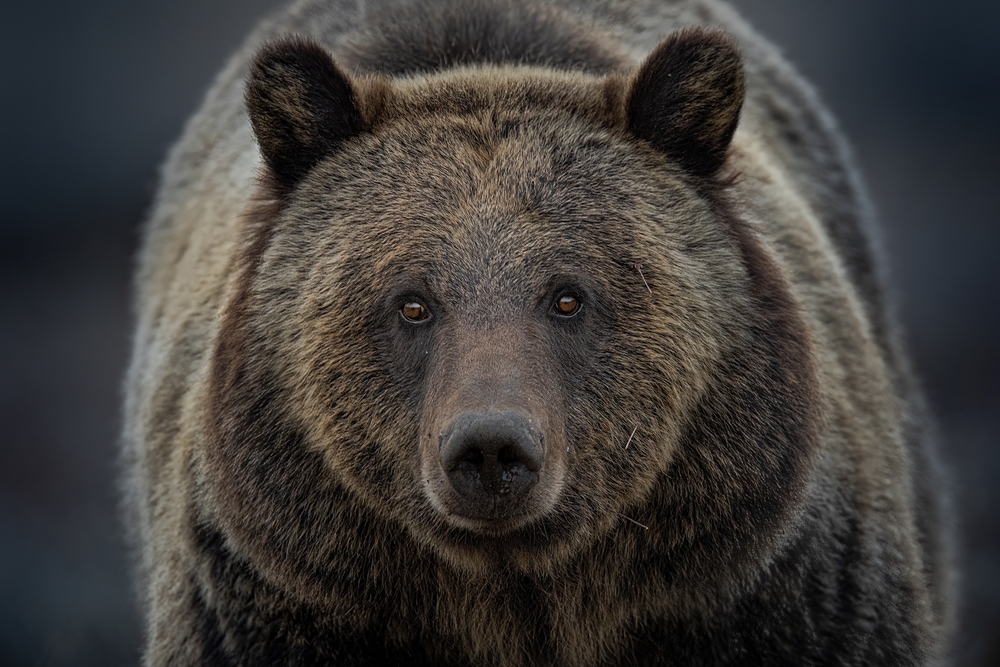
The grizzly bear is one of North America’s most iconic and dangerous bears. Known for its massive size and powerful build, a grizzly can weigh up to 800 pounds and run at speeds of 35 miles per hour. These bears are fiercely territorial and will not hesitate to attack if threatened, especially when protecting cubs. Their sharp claws and crushing bite make them apex predators you do not want to provoke.
3. Polar Bear
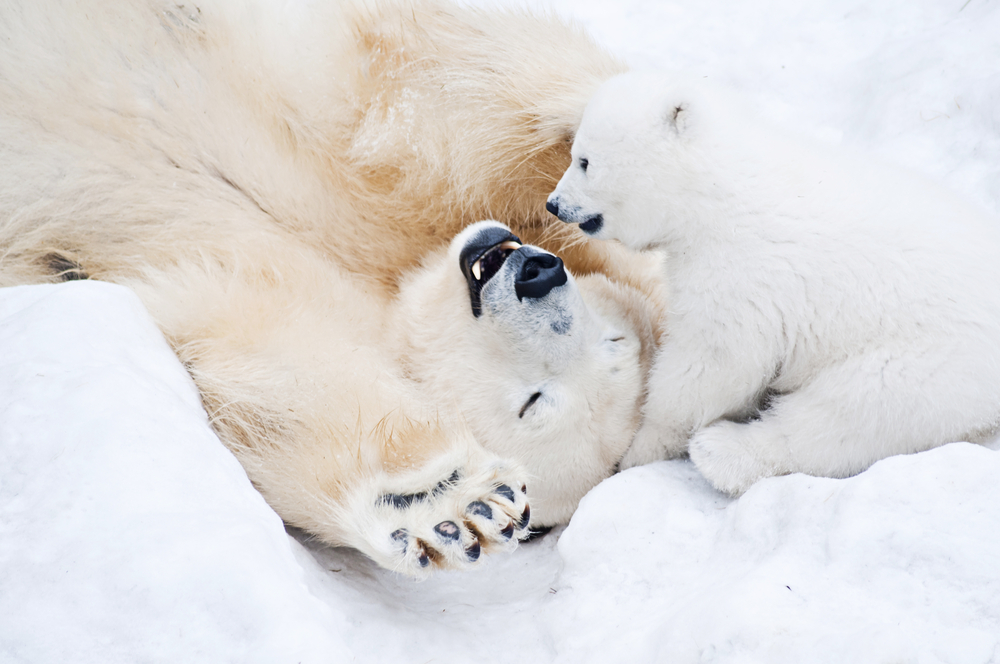
Polar bears might look majestic as they roam the Arctic, but they’re also among the most dangerous predators on the planet. Unlike many bears, polar bears are known to actively hunt humans in rare cases due to their high caloric needs. Their immense size, sharp claws, and powerful jaws allow them to easily take down seals and other large prey. In their frozen habitat, they reign supreme—and you wouldn’t want to challenge them.
4. Brown Bear
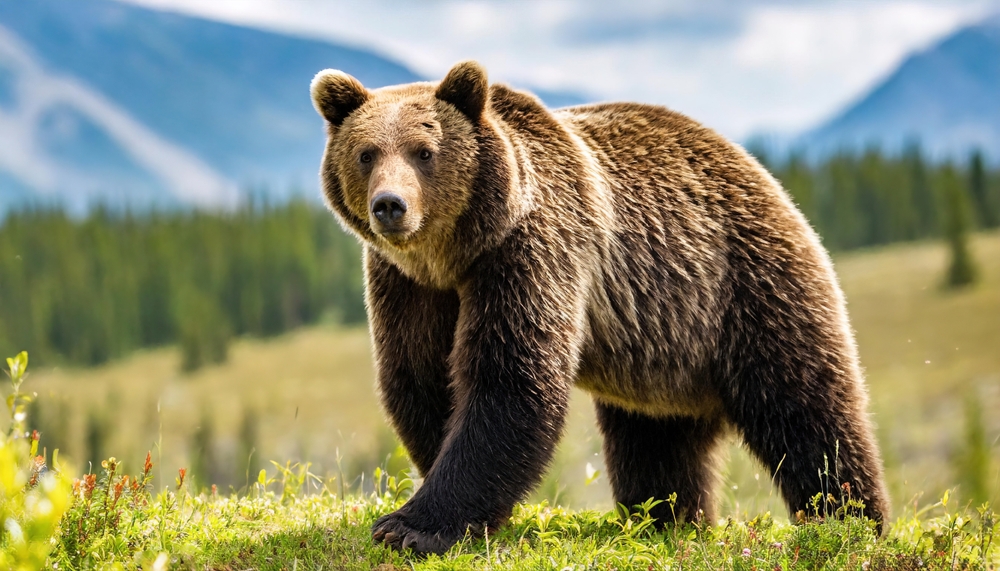
Brown bears are found across Europe, Asia, and North America, making them one of the most widespread bear species. They are highly unpredictable and will attack if startled or if their food is threatened. A close encounter can quickly turn dangerous with their strength and aggressive tendencies. If you spot one in the wild, your best bet is to back away slowly and hope it doesn’t notice you.
5. Black Bear
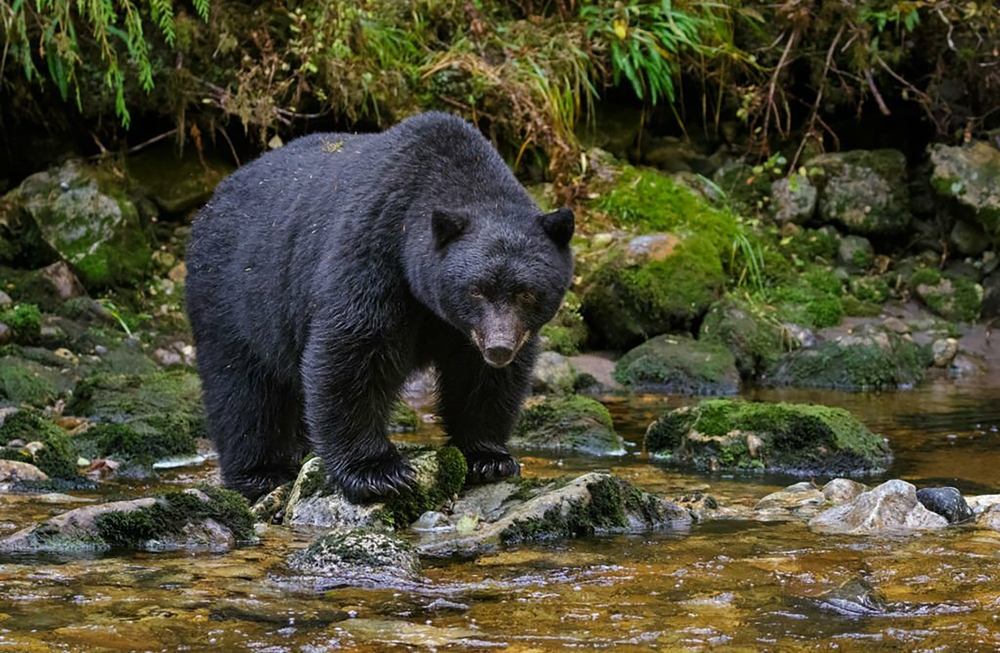
Black bears may be the smallest of North America’s bear species, but they’re far from harmless. While they’re less aggressive than grizzlies, a startled or cornered black bear can become incredibly dangerous. They’re excellent climbers and swimmers, so there’s little chance of escaping one if it decides to charge. Though they often avoid humans, encountering a defensive black bear can quickly escalate.
6. Himalayan Brown Bear
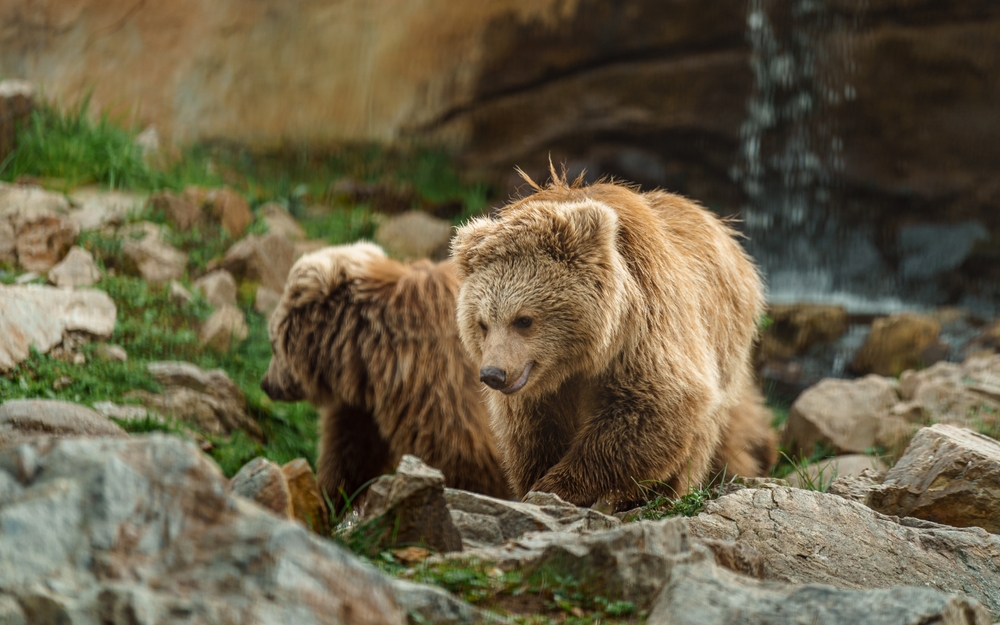
The Himalayan brown bear is a subspecies of brown bear found in the mountains of Asia, including the Himalayas. These bears are extremely aggressive, especially when food is scarce in the summer. They are known to attack livestock and, occasionally, humans who stray too close. Their unpredictable behavior makes them one of the most feared predators in their region.
7. Sloth Bear
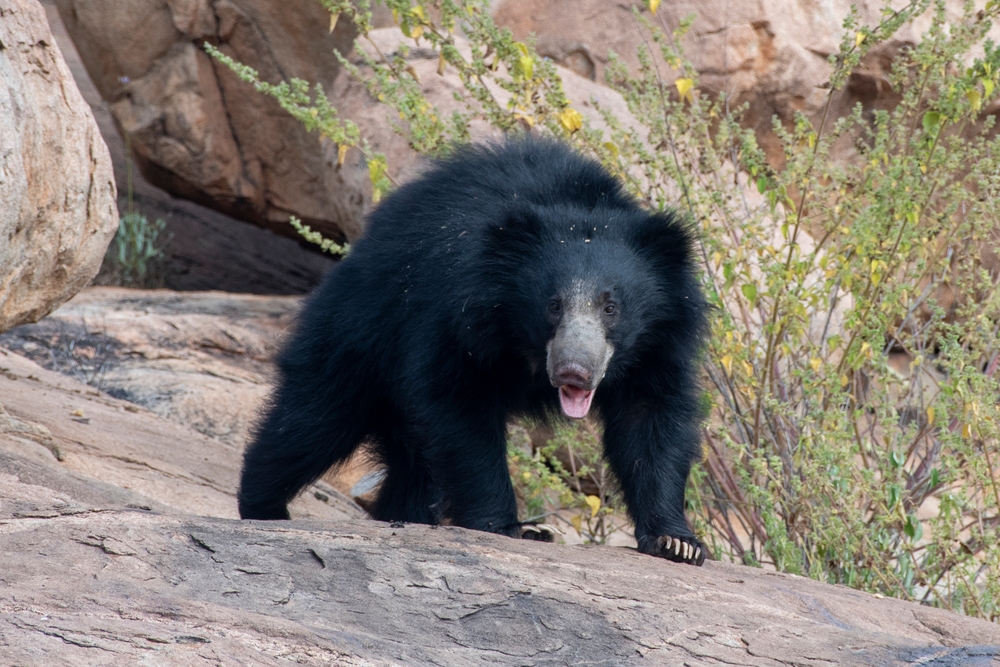
Don’t let the name fool you—sloth bears are anything but slow or harmless. Found in India and Sri Lanka, these bears are known for their aggressive behavior, particularly when surprised. They’ve been responsible for numerous human fatalities, often attacking with sharp claws and powerful bites. Their unpredictable nature and tendency to stand their ground make them one of the most dangerous bears in the world.
8. Asiatic Black Bear
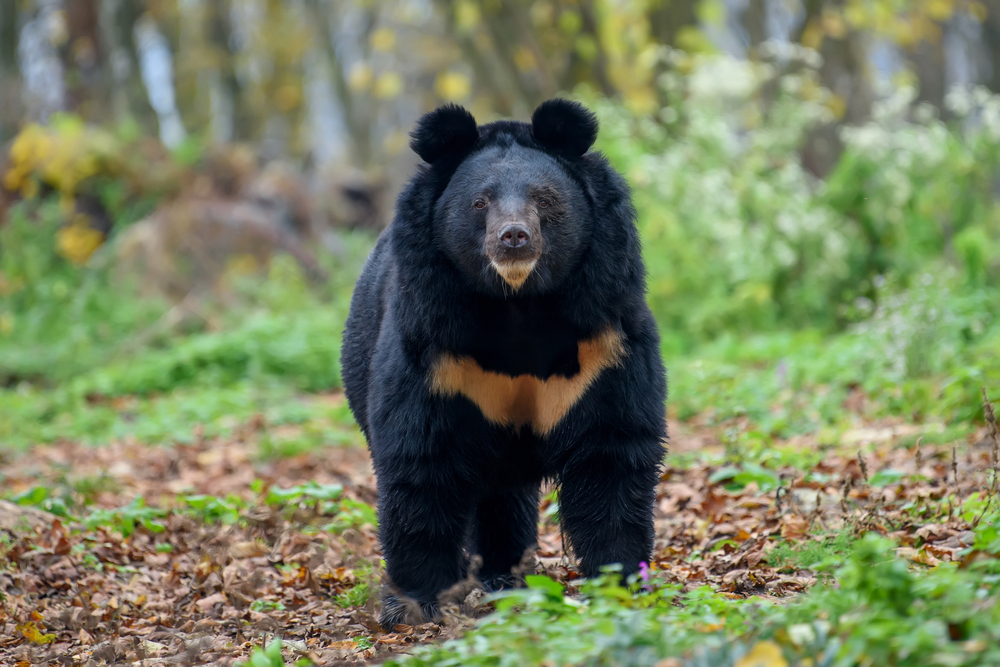
Asiatic black bears, also known as moon bears, are found in the forests of Asia and are known for their distinctive white chest markings. Though smaller than some bear species, they are highly aggressive and prone to attack if threatened. They’re excellent climbers, which makes escaping them particularly difficult in their forested habitats. With their sharp claws and unpredictable temperament, they’re not bears you’d want to encounter up close.
9. Kamchatka Brown Bear
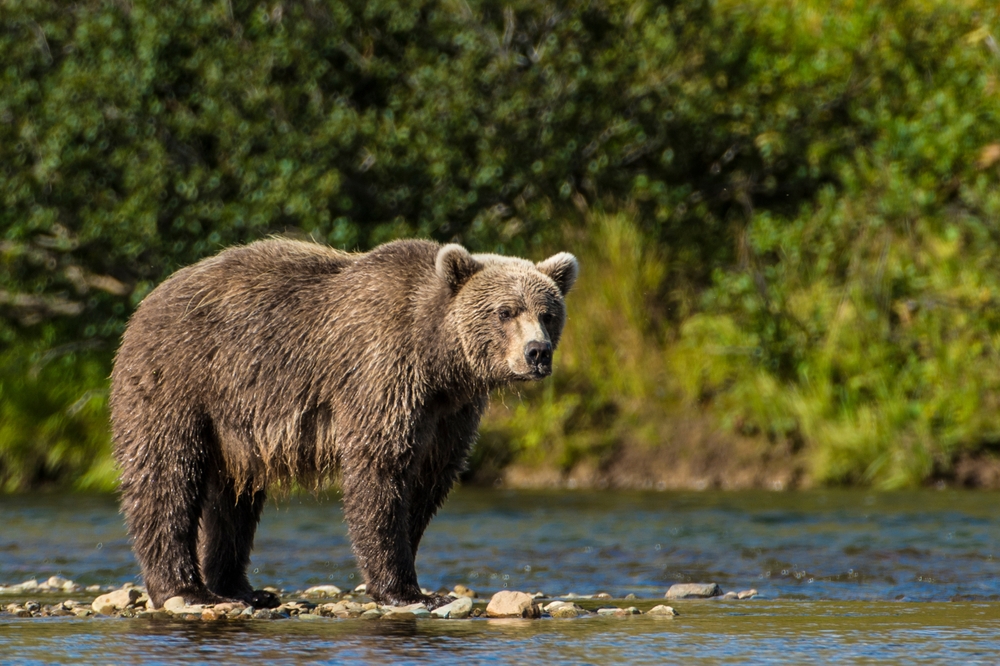
The Kamchatka brown bear is a subspecies of brown bear found in Russia’s Kamchatka Peninsula. These bears are known for their massive size and strong predatory instincts, particularly during salmon season. While they typically avoid humans, they have been known to attack if they feel threatened or cornered. With their immense power and speed, there’s little chance of escaping a Kamchatka bear on the offensive.
10. Spectacled Bear
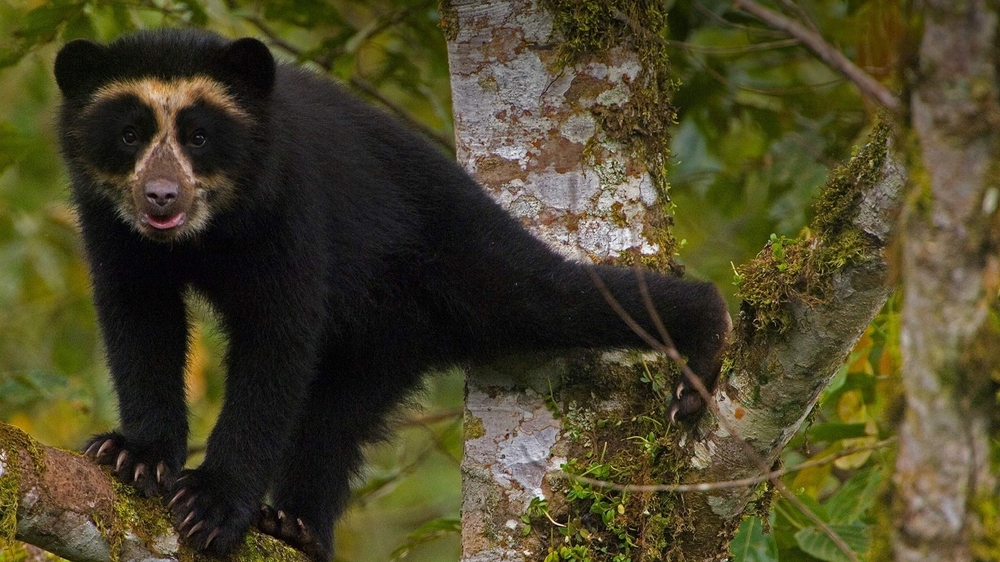
The spectacled bear, native to South America, is the only bear species in this region. While they’re mostly shy and herbivorous, they can be highly aggressive when defending their territory or cubs. They have powerful jaws and sharp claws that make them dangerous when provoked. Their rare sightings may seem exciting, but keeping your distance is always the safest choice.
11. Grizzly-Polar (Grolar Bear)
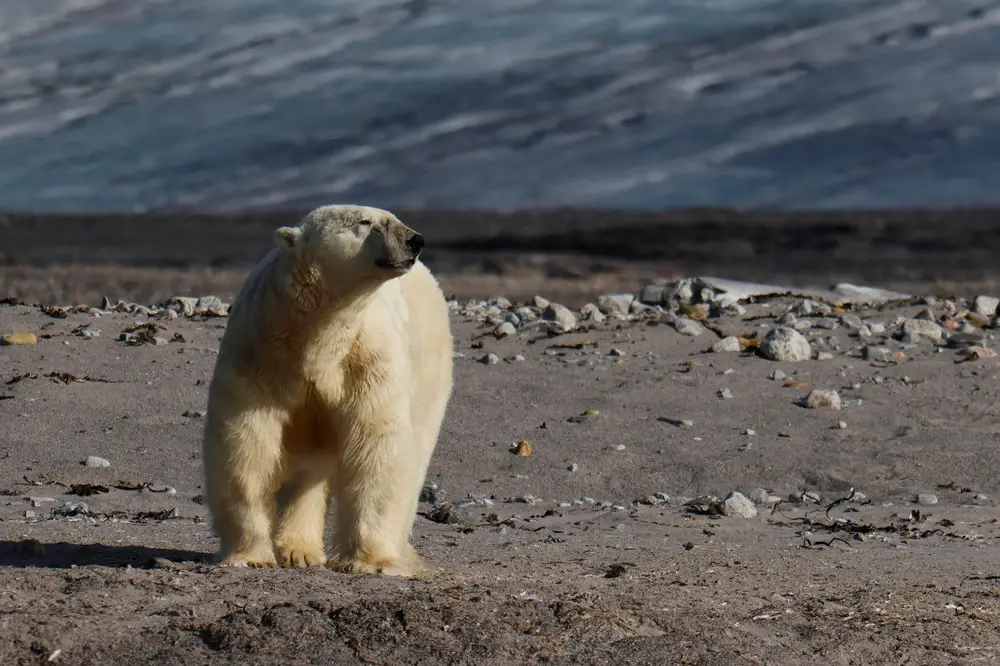
A hybrid of grizzly and polar bears, the grolar bear combines the traits of two of the most dangerous bear species. These hybrids are rare but are becoming more common due to climate change pushing their habitats closer together. They inherit the size and hunting instincts of polar bears and the territorial aggression of grizzlies. Encountering one of these hybrids in the wild would be an incredibly dangerous experience.
12. Eurasian Brown Bear
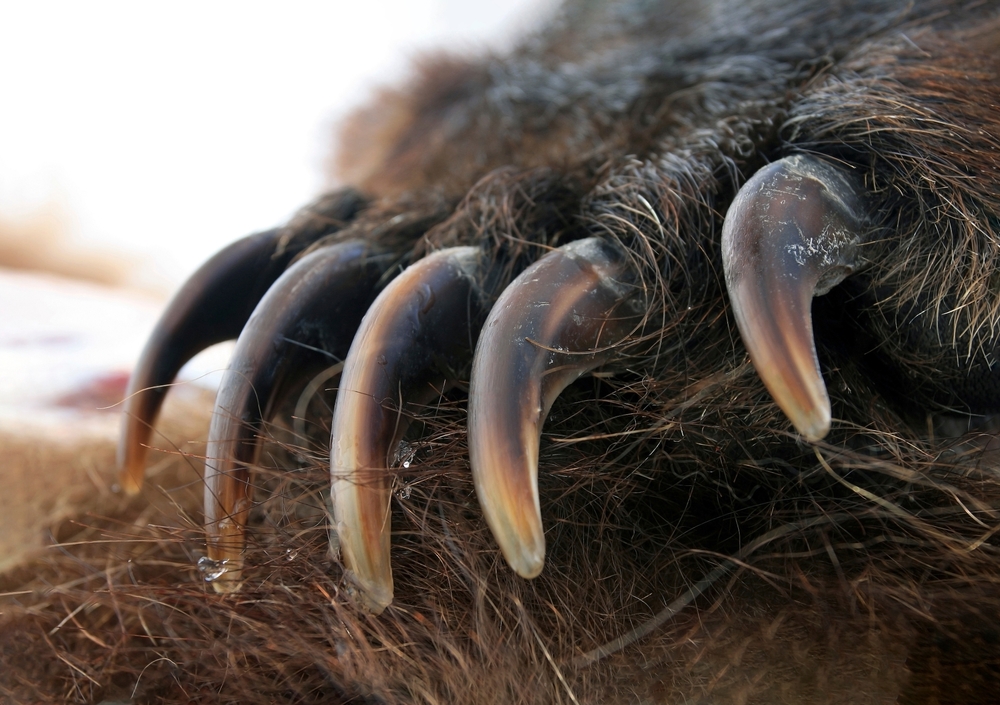
Eurasian brown bears are widespread across Europe and Asia and are known for their unpredictable behavior. Though they generally avoid humans, they can become aggressive if surprised or if food sources are threatened. They’re strong swimmers and climbers, making it difficult for them to evade if they decide to pursue. Their size, power, and defensive nature make them formidable in the wild.
13. Sun Bear
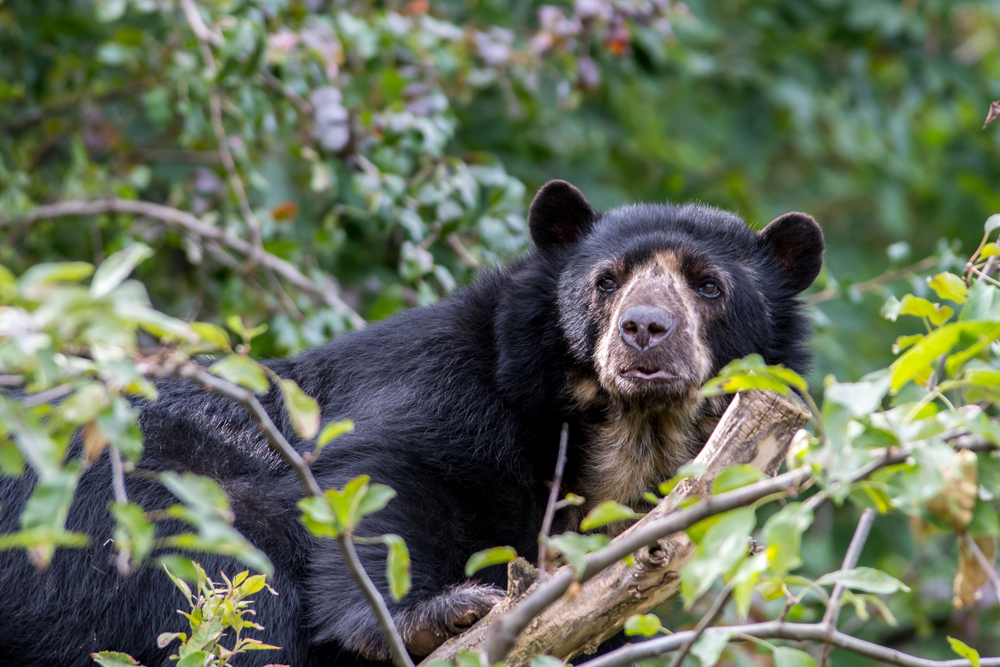
The sun bear, the smallest bear species, may look unassuming, but it’s known for its sharp claws and surprisingly aggressive behavior. Found in Southeast Asia, these bears are highly territorial and will attack if they feel threatened. Their long claws and strong jaws make them dangerous despite their small stature. Don’t let their size fool you—sun bears prove that even small predators can pack a punch.
